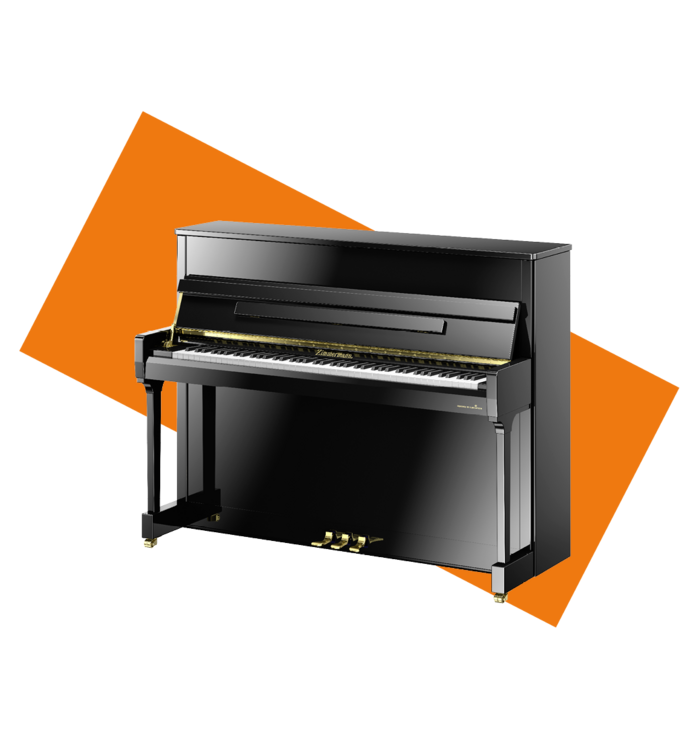

While the hammers in an upright piano rely on a spring to return to their rest position, the hammers in a grand piano’s action will return to their rest position purely due to their own weight. In terms of action(mechanism), the vertical action of an upright piano is inherently less responsive to that of a horizontal, grand piano. Since the length of the instrument determines the length of the strings and soundboard, generally speaking, longer strings and a soundboard with greater surface area will produce a richer sound quality. While an upright piano is compact, conservative in terms of floor space and can be placed neatly against a wall, the richness of sound and responsiveness of the action in an upright can seldom be compared to that of a grand piano.Īn upright piano will be, at the very most, 5’ tall, whereas most grand pianos range between 5’ and 9’ in length. The most important factors you need to keep in mind when deciding between an upright or grand piano are space and budget. The following is a breakdown of the most common acoustic pianos you’ll see, aimed at helping you make an informed decision about which instrument is right for you.Įssentially all acoustic pianos can either be categorized as either a vertical piano (commonly referred to as an upright piano) or a grand piano. This sometimes makes the process of choosing the piano that’s right for and your home a confusing feat. With a new 3 million square foot facility set to open in the near future, Pearl River is poised to continue producing a staggering amount of instruments.Pianos come in all sorts of shapes and sizes. To achieve this, Steinway designed a new line of instruments which would be branded under the Essex name, but built by Pearl River in China (Young Chang initially built them, but Pearl River took over in the mid-2000s.) Today, the Essex line features 4 sizes of upright pianos, and 2 sizes of grand pianos, available in a variety of finishes. After the success of the Kawai made Steinway designed Boston instruments, Steinway decided they needed an answer to the emerging Chinese dominated entry-level piano market. In addition to pianos branded Pearl River and other differently branded offerings, Pearl River also manufactured the Essex line of pianos for Steinway & Sons. Pearl River branded pianos are most similar to the Ritmuller classic line and represent Pearl River’s entry-level offering, with uprights available in 5 sizes and grand pianos available in 6 sizes. The Performance and Classic lines represent a more budget-conscious offering.

Ritmuller pianos are offered in three levels of quality, with the Premium line featuring many of the same components as the Kayserburg instruments. Kayerburg’s are available in 4 sizes of uprights and a single size of grand.

These pianos are built by Pearl River’s best craftsmen and feature such high-quality European components as European white spruce soundboards German hammers, and beech bridges. Kayserburg represents Pearl River’s attempt at a hand-made instrument in the European tradition. Pianos exported to North American by Pearl River consist of the Kayserburg, Ritmuller, and Pearl River branded upright and grand pianos. Pearl River pianos are manufactured under several different brands and levels of quality.

Established in 1956 in Guangzhou, Guangdong, China, Pearl River currently produces over 100,000 pianos a year, and exports to more than 80 countries worldwide. Manufacturer: Samick Model: SU-107 Finish: Polished Ebony Size: 42 Age: 1990 Serial: IJC01061 Price: 1,899 Location: Sherman Oaks 5539 Van Nuys Blvd. It's a great compact piano with a wonderfully surprising sound. The following is a breakdown of the most. After establishing itself as China’s largest piano manufacturer, Pearl River now operates the largest piano factory in the world, with production exceeding all other manufacturers. This Samick SU-107 has a rich, warm tone and a touch even the most skilled pianists would enjoy. Pianos come in all sorts of shapes and sizes.


 0 kommentar(er)
0 kommentar(er)
